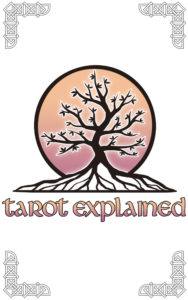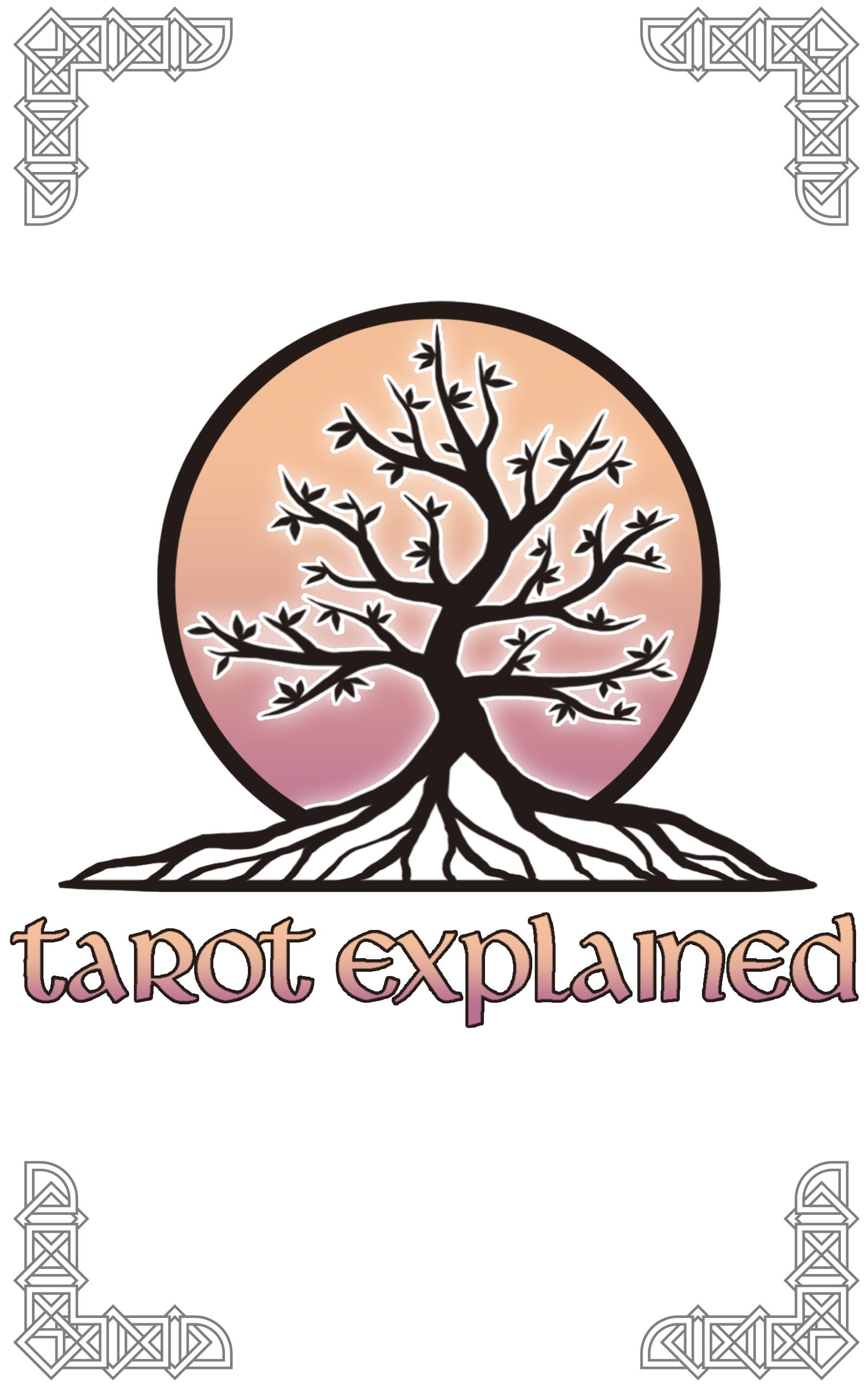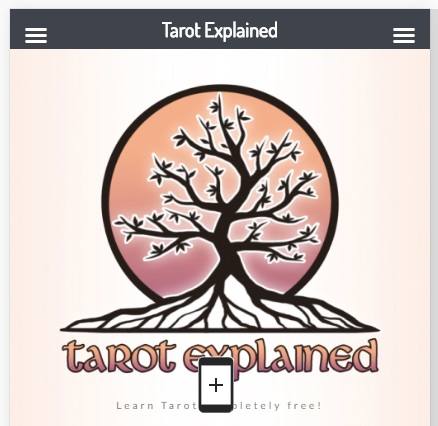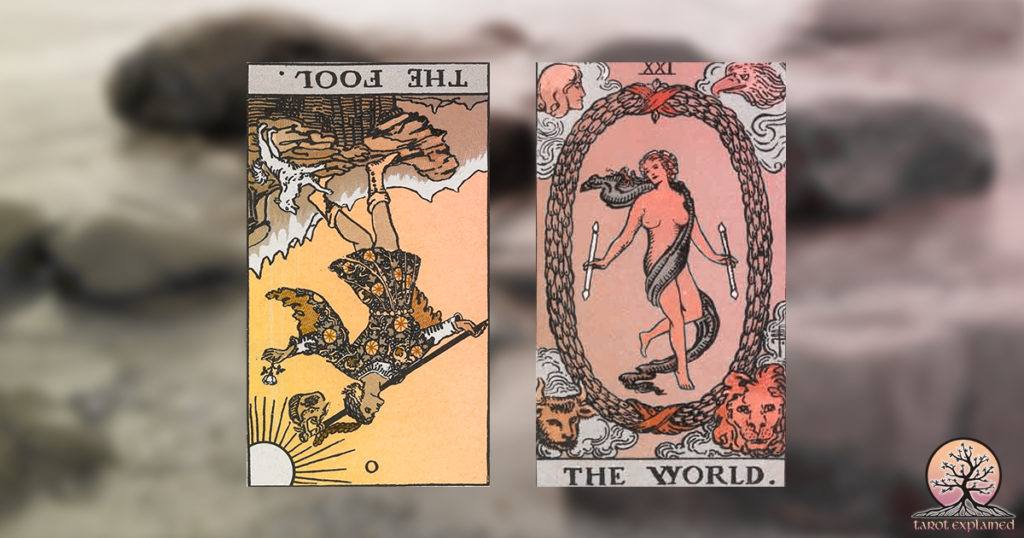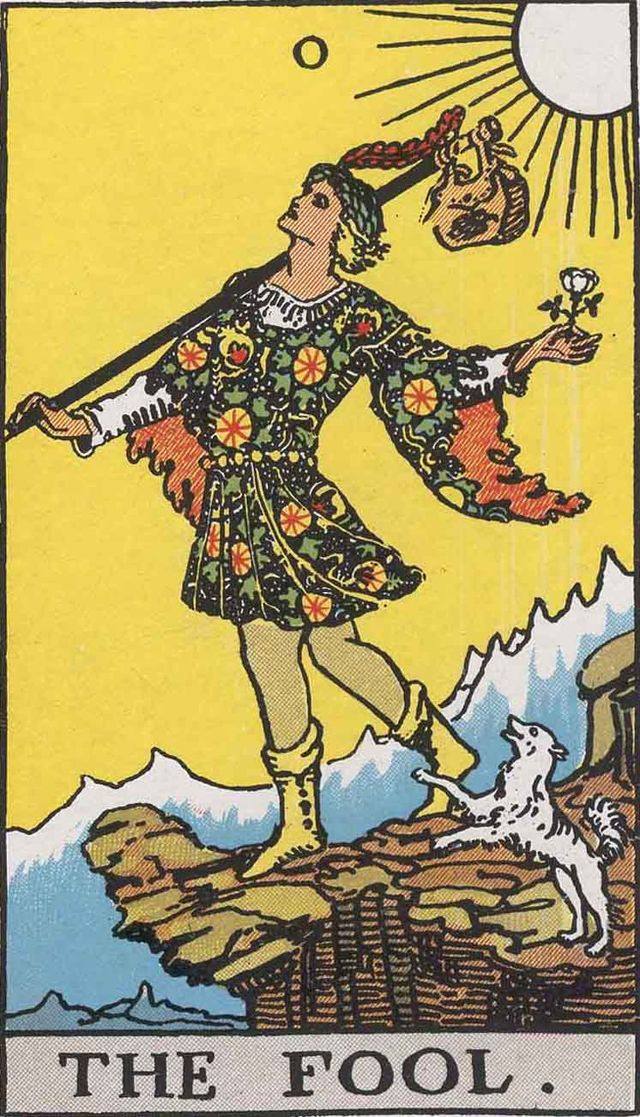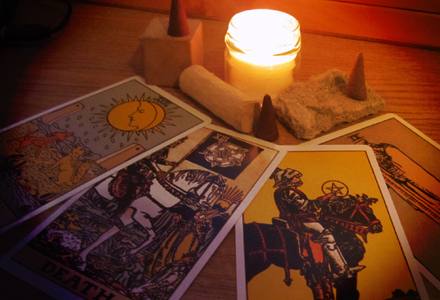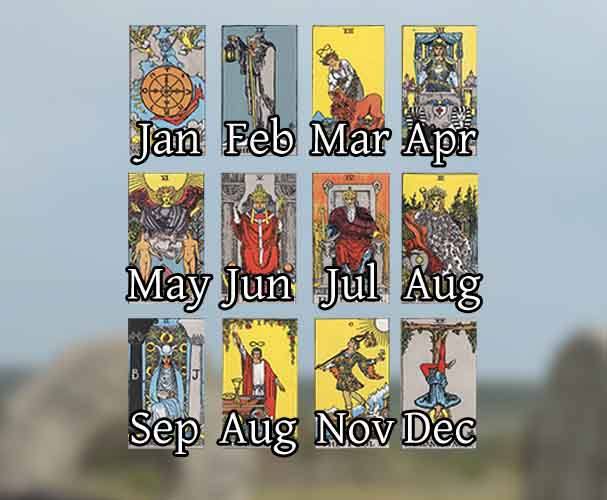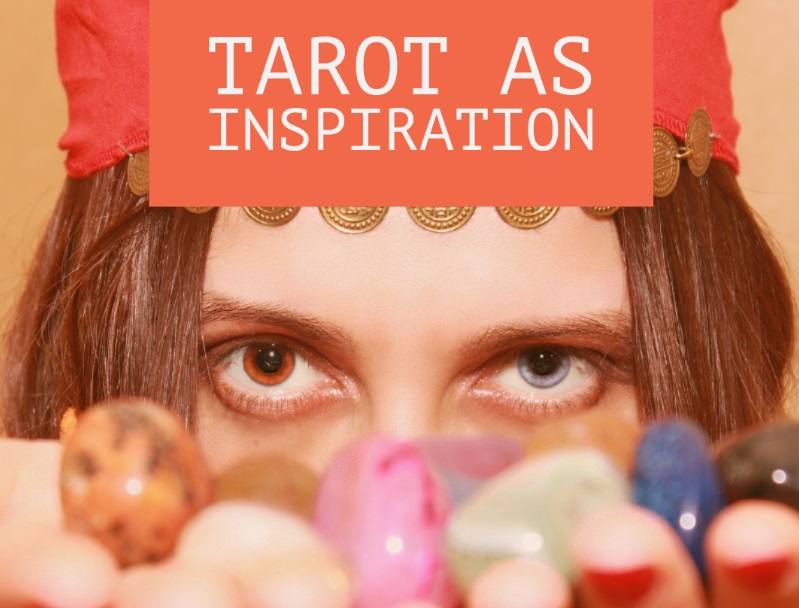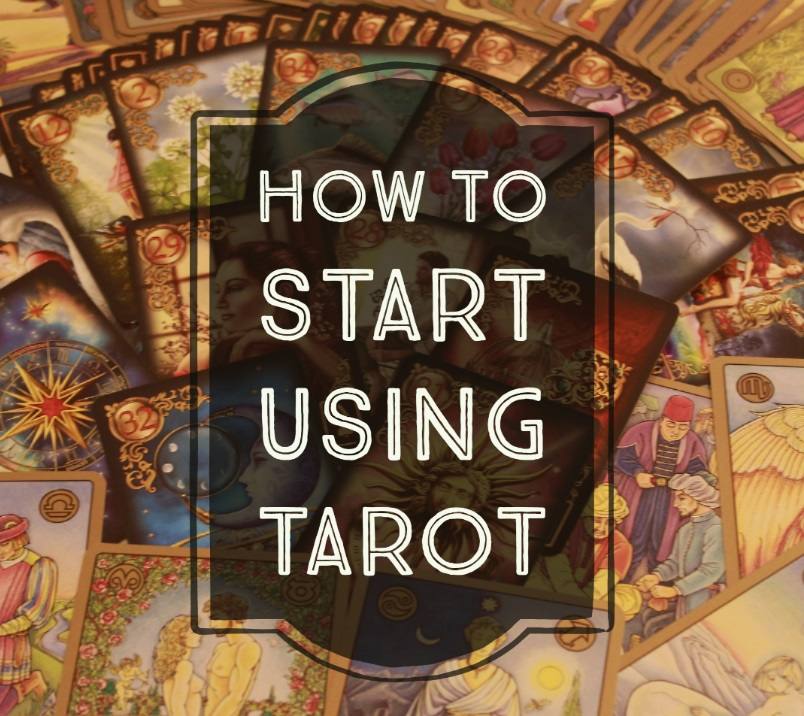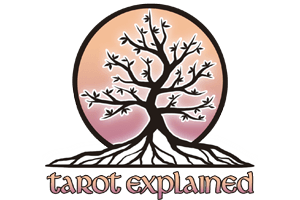Learning to interpret the 78 tarot cards might feel like a big task, and it can take time, effort and practice to get acquainted with the cards.
Here are my top ten tips that you can use and apply when you’re reading the tarot.
- Major or Minor Arcana
Have you drawn a card from the Major or Minor Arcana? This will be your starting point. Overall when interpreting the trump cards, keep in mind that these cards symbolise transformation, and growth, either in the form of a new cycle or the completion of a cycle.
The four suits on the other hand, represent events that happen in our day to day lives. For example, in a career reading, drawing the five of wands signifies healthy competition at work.
You can also provide dates for your predictions with the four suits:
- Cups – Months
- Pentacles – Years
- Wands – Days
- Swords – Weeks
- Universal elements and the four suits
Each suit relates to a universal element. Use the qualities of each element as a tool to assist you when interpreting the cards.
- Cups – Emotions, feelings, love, relationships (Water)
- Wands – New beginnings, inspiration, ideas, creativity, vocation (Fire)
- Swords – Mental, thought, communication, logic, intelligence, mind (Air)
- Pentacles – Money, possessions, materialism, land, health, body (Earth)
- Use a cheat sheet
Use a tarot cheat sheet when you practice your readings. Cheat sheets are a great way to learn more about the cards, a cheat sheet will;
- Summarise the information;
- Present the meanings in an easy to read format; and
- Provide concise words to describe each card.
- Take your time
Don’t be afraid to take your time when interpreting the cards. Being patient will allow you to understand the cards with accuracy. You will be more helpful to your client when you can give a clear reading. Drawing too many cards at once can become overwhelming and will affect the quality of your reading.
- Use your intuition
Practice using your intuition. Gaze at each card and clear your mind. Eventually, you will tune into the cards and learn to trust your instincts with each answer. This method does take time, but continue with it and you will develop your own internal guidance.
- Combine numerology with the tarot
Each tarot card has a number and numbers have different qualities to them. You can combine numerology in your readings to benefit you. Another way of using numbers is by dividing the cards into piles of the same number and look for similarities amongst them. For example, the number two in each suit symbolise events that are playing out behind the scenes, and the number three cards symbolise new beginnings.
- Choose the right spread
Selecting the right spread will provide a structure to your reading and you will be able to recognise if the card relates to a past, present or future event. Learn by using a simpler three card spread, then progress to the four-card cross spread, and when you feel confident try out the Celtic cross spread.
- Practice on yourself
It’s not unlucky to practice the tarot on yourself and it will get your skills up to speed. You can practice by asking the tarot specific questions about yourself and by matching a spread to your question. The more you do this, the more confident you will get at interpreting the cards to fit different questions.
- The question under consideration
Always interpret the cards by keeping the original question in mind. This will be more difficult in general readings because of the broad nature of the question. Stick to the question and take a break if needed to get perspective on each card.
- Communication between the cards
Look at how the cards communicate with each other. Are the figures on the card facing each other? Or, does one have their back to the other? Look for patterns.
For example, the cards below are both Swords and relate to the mind and communication. The figure on the Nine of Swords has their back to the Ten of swords, indicating that this person was betrayed in the past, which is causing mental suffering and preventing them from moving forward. Communication is important here, they can resolve this internal conflict by confiding in someone, such as a therapist or counsellor.
As you can see, the tips given here will take time to learn, but by using these methods consistently you will begin to develop your tarot skills and your own internal guidance. Most importantly, play around with these techniques and have fun! Or even create your own methods for interpreting the tarot…
Biography
Sarah Buttery is a professional tarot reader and esoteric researcher and blogger.
